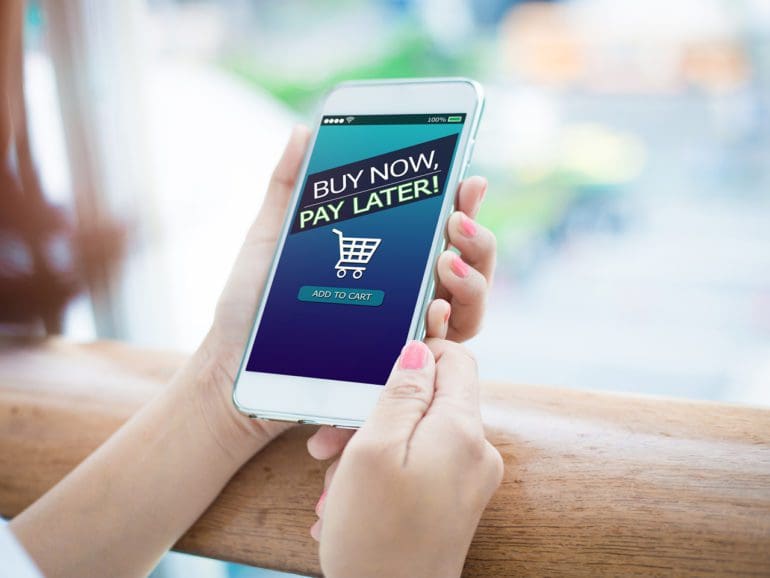Buy Now Pay Later startups in Latin America could provide a way for lenders to finally reach the underbanked, in a region where the share of adults without significant use of a bank account averages around 50%.
According to Ernesto Calero, general manager at Fintech Mexico association, BNPLs proposition is a “relevant alternative” to these population segments.
“It opens doors to explore a market that has been neglected until now, and that is growing in its demand for credit,” he told LendIt Fintech News.

The Latin American ecosystem has seen a range of startups step up over the last few quarters, especially in the Mexican market where the unbanked represent a larger share of the population as opposed to financial systems with higher penetration of financial products, such as Brazil, the largest economy in the region.
These include Mexican-based Kueski, which took $202 million from investors in equity and debt funding by the end of 2021, and Nelo, which set up shop last year specializing in the BNPL system.
Ripe for collaboration
For Calero, the market’s sheer size in both Mexico and Latin America makes for an opportunity that can be widely shared among BNPL players, including collaboration, rather than competing against each other.
“The technological approach that these companies have and the use of varied data sources allow them to grant loans to people who might have never been able to enter the traditional (banking) model otherwise,” he said. “The market is so huge that there is enough room for all the players involved.”
BNPL loans are usually linked to a specific good or service instead of a traditional bank loan. Experts argue that in the long run, SMEs could potentially benefit from the model when it comes to machinery acquirement or inputs, but that the first stages of BNPL in Latin America will likely focus on the individual user instead.
In a BNPL model, it is typically not necessary to have a credit history. Although this comes as a powerful tool for financial inclusion, it also raises doubts about the ability of companies to collect their loans.
Moving beyond traditional credit bureaus
To address the issue of potential defaults, experts argue that it is vital for providers to rely on diverse data points and sources beyond the traditional credit bureaus. Also, to keep the information updated and verified. The usage of alternative digital data sources, Calero argues, helps reduce the “knowledge gap” that a company has with a specific client or prospect.
BNPL arrangements are becoming a popular payment option worldwide, primarily associated with online shopping. Through BNPL, users pay for their purchases at a future date in the short term. The convenience for the client is that they can access credit directly from e-commerce platforms without ever using a card.
For Ezequiel Bucai, CEO at Argentina BNPL firm Wibond, the availability of BNPL proposals at e-commerce sites is relevant to boosting online sales.
“E-commerce sites have as much as 25% fewer conversion rates due to lack of proper payment options,” he said regarding Latin American offerings.

For Bucai, BNPL allows merchants to sell to the underbanked segment, which could not have relied on credit before making the purchase.
Opportunity outside of system
The model is similar to that of the U.S. It allows people to buy in installments without a credit card, but it also opens opportunities for people outside of the traditional system.
The participation of e-commerce related to GDP is still trailing that of its developed peers in the U.S. or Europe.
But the COVID-19 pandemic was seen as a massive boost to the digitization of Latin American economies, as many citizens turned to digital channels to continue their shopping.
In a 2021 report, Lazard Asset Management estimated that the number of digital buyers in Latin America could increase from 172 million to 435 million by 2031, while digital spend per buyer is expected to increase roughly 3.5-fold over the same period.
“Latin America has a tremendous opportunity for growth in both the number of new digital buyers and how much those buyers spend online,” its report said.


